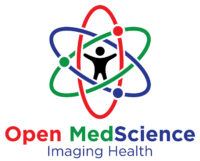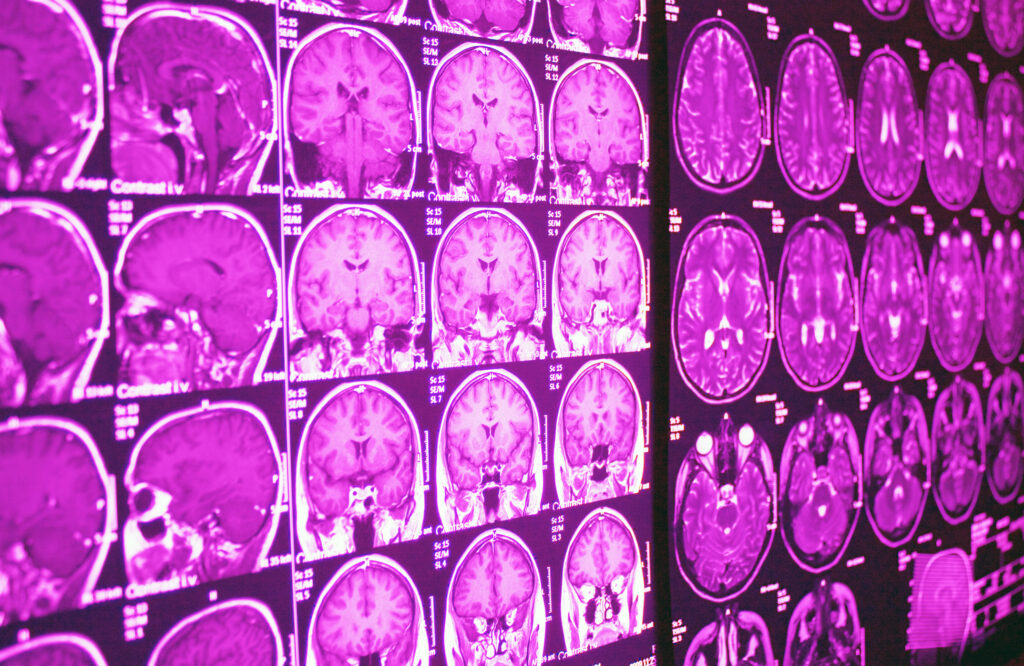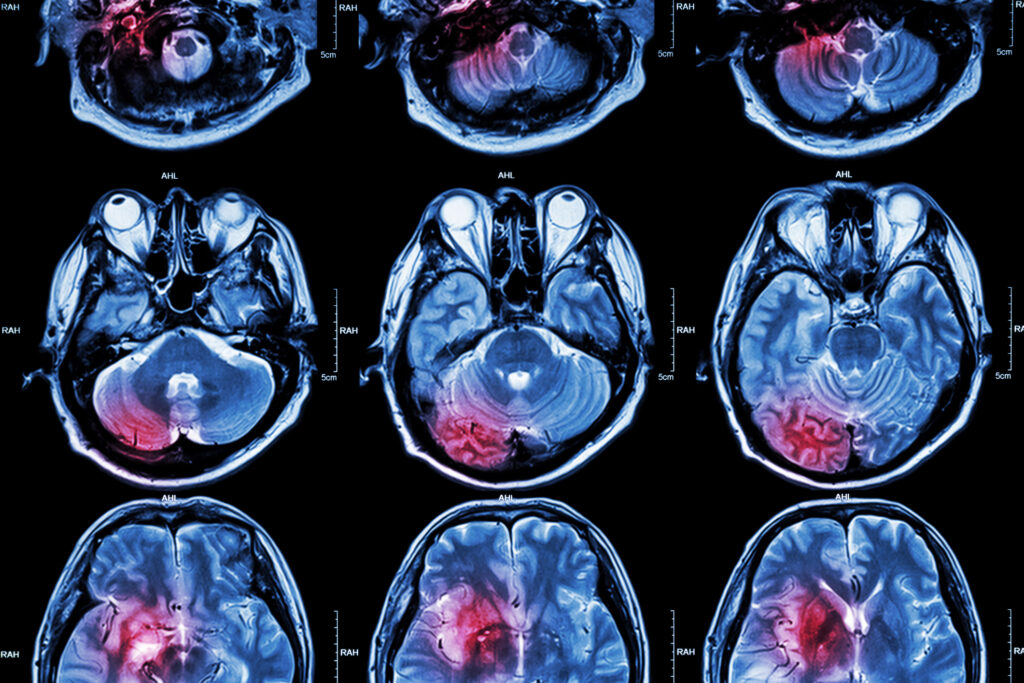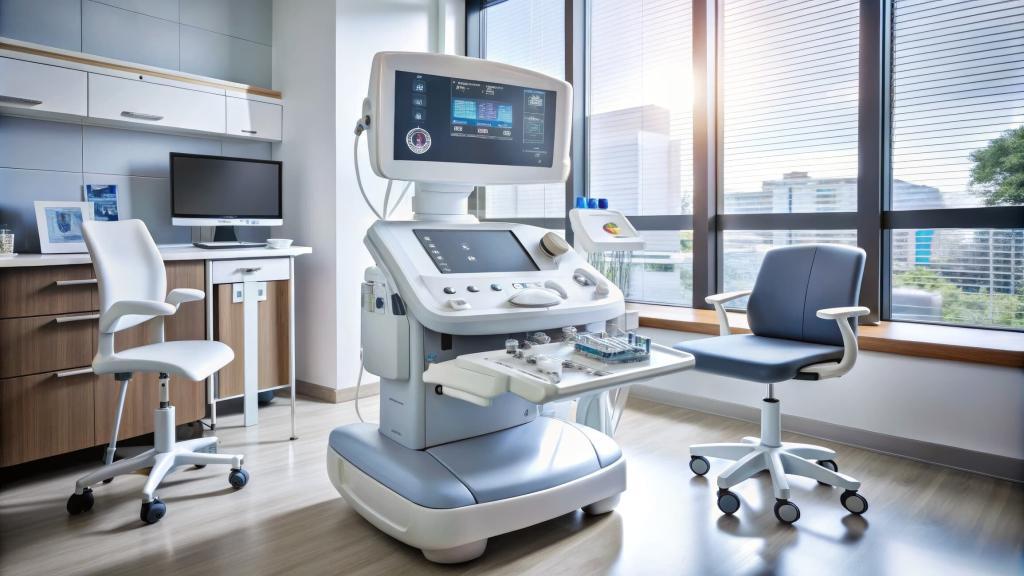Summary: The assessment of hepatic fibrosis is central to the diagnosis, management, and prognosis of chronic liver disease. Traditional liver biopsy, although considered the diagnostic reference, has limitations relating to invasiveness, sampling error, and inter-observer variability. In recent years, ultrasound elastography has emerged as a non-invasive, reproducible, and cost-effective tool for evaluating hepatic fibrosis. By measuring tissue stiffness through sound wave propagation, elastography enables clinicians to accurately quantify liver fibrosis stages. This article explores the principles, types, clinical applications, diagnostic performance, and limitations of ultrasound elastography in evaluating hepatic fibrosis in chronic liver disease.
Keywords: Hepatic fibrosis, chronic liver disease, ultrasound elastography, transient elastography, shear wave elastography, liver stiffness.
Introduction
Chronic liver disease (CLD) represents a significant global health concern, affecting hundreds of millions of individuals worldwide. The progression of liver injury—from inflammation and fibrosis to cirrhosis and hepatic failure—is a hallmark of various aetiologies, including viral hepatitis, alcoholic liver disease, and non-alcoholic fatty liver disease (NAFLD). Accurate staging of hepatic fibrosis is critical for determining treatment strategies and monitoring disease progression. Traditionally, liver biopsy has been the gold standard for assessing fibrosis. However, the procedure carries risks of bleeding, infection, and sampling error. In response to these limitations, imaging-based techniques, particularly ultrasound elastography, have transformed the evaluation of hepatic fibrosis by providing a non-invasive, quantitative alternative.
Pathophysiology of Hepatic Fibrosis
Hepatic fibrosis results from chronic injury and inflammation that stimulates the activation of hepatic stellate cells. These cells deposit excess extracellular matrix components such as collagen, leading to increased tissue stiffness. As fibrosis progresses, the liver architecture becomes distorted, culminating in cirrhosis and portal hypertension. The extent of fibrosis directly correlates with disease severity and patient outcomes, making early and accurate evaluation vital for clinical decision-making. Fibrosis is a dynamic process and may regress with effective treatment; therefore, monitoring changes in liver stiffness over time is clinically valuable.
Principles of Ultrasound Elastography
Ultrasound elastography measures the mechanical properties of tissues by quantifying their stiffness. In essence, the technique involves generating mechanical stress within the liver and measuring the resulting tissue displacement or shear wave propagation. Stiffer tissues transmit these waves faster than softer ones. The resulting velocity values are then converted into quantitative measurements of liver stiffness, typically expressed in kilopascals (kPa).
The principle underlying elastography is comparable to palpation, where harder tissues feel firmer to touch. However, elastography provides a numerical and objective measure of tissue stiffness, unaffected by operator subjectivity. By mapping tissue elasticity in real-time, elastography provides a detailed representation of fibrosis distribution across the liver, enabling repeated assessments without the need for invasive intervention.
Types of Ultrasound Elastography
Several forms of ultrasound elastography are available, differing in technical approach and clinical application. The three main modalities are transient elastography, point shear wave elastography, and two-dimensional shear wave elastography.
Transient Elastography (TE)
Transient elastography, commercially known as FibroScan, is the first clinically established technique for measuring liver stiffness. It utilises a mechanical vibrator attached to an ultrasound transducer to generate a low-frequency vibration, which produces elastic shear waves within the liver. The speed of these waves correlates with liver stiffness. TE provides a single stiffness value representing the median of several measurements taken from a defined liver region. It is fast, reproducible, and widely validated, although its utility may be limited in obese patients or those with ascites due to poor acoustic transmission.
Point Shear Wave Elastography (pSWE)
Point shear wave elastography, integrated into conventional ultrasound systems, uses acoustic radiation force impulses to induce shear waves in the liver. It measures the wave velocity at a specific point of interest selected by the operator. Unlike TE, pSWE allows real-time visualisation of the liver parenchyma, enabling avoidance of large vessels or lesions. This feature makes it versatile and suitable for a broader range of patients, including those with ascites.
Two-Dimensional Shear Wave Elastography (2D-SWE)
Two-dimensional shear wave elastography expands upon pSWE by generating shear waves over a larger area and producing a colour-coded elasticity map superimposed on the B-mode image. This technique provides both quantitative and qualitative information, enabling assessment of liver stiffness heterogeneity. The real-time visual feedback and broader sampling area improve diagnostic reliability and reduce the risk of sampling error. 2D-SWE has demonstrated excellent correlation with histological fibrosis stages in various forms of chronic liver disease.
Clinical Applications in Chronic Liver Disease
Ultrasound elastography plays a central role in evaluating fibrosis across multiple chronic liver diseases. It assists in disease staging, treatment monitoring, and prognosis assessment.
Viral Hepatitis
In patients with chronic hepatitis B or C, elastography is widely used to estimate fibrosis stage and determine the necessity of antiviral therapy. Liver stiffness measurements correlate strongly with histological fibrosis scores, enabling clinicians to distinguish between mild fibrosis, significant fibrosis, and cirrhosis. Moreover, elastography provides a non-invasive means of monitoring treatment response and fibrosis regression following antiviral therapy.
Non-Alcoholic Fatty Liver Disease (NAFLD)
With the increasing prevalence of obesity and metabolic syndrome, NAFLD has become a major cause of liver fibrosis. Elastography helps differentiate simple steatosis from non-alcoholic steatohepatitis (NASH) and advanced fibrosis, aiding in early detection of patients at risk of cirrhosis. 2D-SWE and TE are both effective in evaluating stiffness in NAFLD, although confounding factors such as inflammation or hepatic congestion must be carefully considered.
Alcoholic Liver Disease
In alcoholic liver disease, ultrasound elastography is valuable for identifying significant fibrosis and cirrhosis, particularly in patients who may not undergo biopsy due to contraindications. Repeated measurements can track fibrosis regression following alcohol abstinence or progression with continued exposure.
Autoimmune and Cholestatic Liver Diseases
In autoimmune hepatitis and primary biliary cholangitis, elastography aids in staging fibrosis and monitoring disease progression over time. The ability to perform repeated, non-invasive assessments is particularly useful in these conditions, where treatment aims to halt or reverse the progression of fibrosis.
Diagnostic Performance and Reliability
The diagnostic accuracy of ultrasound elastography has been validated in numerous studies comparing stiffness measurements with histological fibrosis staging. The area under the receiver operating characteristic (ROC) curve for detecting significant fibrosis generally exceeds 0.85, indicating high diagnostic performance.
Transient elastography has demonstrated sensitivity and specificity exceeding 80% for detecting advanced fibrosis and cirrhosis in chronic hepatitis. Two-dimensional shear wave elastography and point shear wave elastography show comparable, and sometimes superior, diagnostic accuracy with the added benefit of anatomical guidance.
Reproducibility is a crucial factor in assessing test reliability. Elastography exhibits excellent intra- and inter-observer agreement, provided proper technique and patient preparation are observed. Factors such as fasting status, transducer pressure, and right lobe positioning have a significant influence on measurement accuracy. To ensure reliable results, most protocols recommend fasting for at least two hours before assessment and performing measurements through the intercostal space with minimal probe compression.
Advantages Over Liver Biopsy
Ultrasound elastography offers several advantages over liver biopsy. It is non-invasive, painless, and can be repeated without risk, allowing longitudinal monitoring of fibrosis. The technique evaluates a larger volume of liver tissue than biopsy, thereby reducing the impact of sampling error. Results are available immediately, facilitating prompt clinical decisions. Furthermore, elastography is a cost-effective and suitable option for community and outpatient settings, thereby improving accessibility to fibrosis assessment.
However, elastography does not replace the histological information provided by biopsy, such as the grading of inflammatory activity or steatosis. It should therefore be viewed as a complementary rather than a substitutive diagnostic tool in certain clinical contexts.
Limitations and Confounding Factors
Although ultrasound elastography has transformed the evaluation of hepatic fibrosis, certain limitations remain. Measurements can be influenced by acute hepatic inflammation, cholestasis, or venous congestion, all of which increase liver stiffness independently of fibrosis. Elevated aminotransferase levels during acute hepatitis may yield falsely high stiffness values. Similarly, cardiac failure or right-sided heart pressure elevation can cause stiffness overestimation due to hepatic congestion.
Obesity and narrow intercostal spaces may reduce measurement accuracy, particularly for transient elastography. The development of XL probes and improved software algorithms has mitigated this issue, but challenges persist in patients with advanced obesity or ascites. Operator training and adherence to standardised acquisition protocols are essential for ensuring consistent results across institutions.
Quantitative Cut-Offs and Interpretation
Liver stiffness measurements are typically reported in kilopascals, with established thresholds for different fibrosis stages varying slightly among diseases and devices. For example, in chronic hepatitis C, a value below 7 kPa generally indicates absent or mild fibrosis, while readings above 12.5 kPa suggest cirrhosis. However, interpretation must consider disease-specific calibration, patient comorbidities, and technical factors. Serial measurements, rather than isolated readings, provide the most clinically meaningful data for monitoring the progression or regression of fibrosis.
Integration with Other Imaging Modalities
Elastography complements other imaging modalities in the assessment of chronic liver disease. When combined with conventional ultrasound, it enhances diagnostic confidence by correlating stiffness values with morphological changes such as nodularity or splenomegaly. Additionally, magnetic resonance elastography (MRE) offers an alternative non-invasive approach with excellent diagnostic accuracy, particularly useful when ultrasound-based methods are limited by patient body habitus. Nonetheless, MRE remains less accessible and more expensive than ultrasound elastography, making the latter the preferred choice for routine clinical use.
Emerging Developments
Technological advancements continue to refine ultrasound elastography. Three-dimensional elastography and fusion imaging are being explored to improve spatial mapping and correlation with anatomical landmarks. Machine learning algorithms are also being developed to automatically interpret stiffness patterns and predict fibrosis stages with enhanced precision. Integration with other biomarkers, such as serum fibrosis panels, may further increase diagnostic confidence through multimodal assessment.
Portable and point-of-care elastography devices are expanding access in community healthcare settings, allowing earlier diagnosis and monitoring of chronic liver disease. These developments highlight the growing role of elastography in personalised and preventive medicine.
Future Clinical Perspectives
As the understanding of fibrosis pathophysiology evolves, non-invasive tools like elastography are likely to play an even greater role in guiding treatment. Regular liver stiffness monitoring may become integral to screening at-risk populations such as individuals with diabetes or obesity. Combined with artificial intelligence and cloud-based data management, elastography could contribute to large-scale fibrosis surveillance and population health initiatives.
Clinical guidelines from international societies increasingly recommend elastography as a first-line tool for fibrosis assessment, particularly when biopsy is contraindicated or unnecessary. The ongoing standardisation of protocols and reference values will further strengthen its role in hepatology.
Conclusion
Ultrasound elastography has revolutionised the evaluation of hepatic fibrosis in chronic liver disease by providing a non-invasive, rapid, and reproducible alternative to biopsy. It enables the accurate staging of fibrosis across various etiologies, facilitates treatment monitoring, and supports informed clinical decision-making. Although influenced by physiological and technical factors, the advantages of elastography far outweigh its limitations when used correctly. Ongoing innovations in imaging technology and data analysis are likely to enhance its precision and expand its clinical utility. As healthcare moves towards less invasive diagnostics and personalised medicine, ultrasound elastography stands at the forefront of liver fibrosis assessment.
Disclaimer
The information presented in this article, Ultrasound Elastography: Non-Invasive Evaluation of Liver Fibrosis in Chronic Disease, is provided by Open MedScience for general educational and informational purposes only. It is not intended to replace professional medical advice, diagnosis, or treatment. Readers should not rely solely on the information contained herein for making decisions about their health or medical care.
Clinicians and healthcare professionals are advised to consult current clinical guidelines, peer-reviewed evidence, and professional judgement when interpreting ultrasound elastography results or determining patient management strategies. While every effort has been made to ensure accuracy and currency, Open MedScience makes no representations or warranties of any kind, express or implied, regarding the completeness, accuracy, reliability, or suitability of the content.
Open MedScience accepts no responsibility or liability for any loss, injury, or damage arising directly or indirectly from the use or misuse of the information in this publication. References to specific products, technologies, or diagnostic tools do not constitute endorsement or recommendation.
Readers are encouraged to seek advice from qualified medical professionals for individual health concerns or before undertaking any diagnostic or therapeutic procedures.
You are here: home » diagnostic medical imaging blog »



